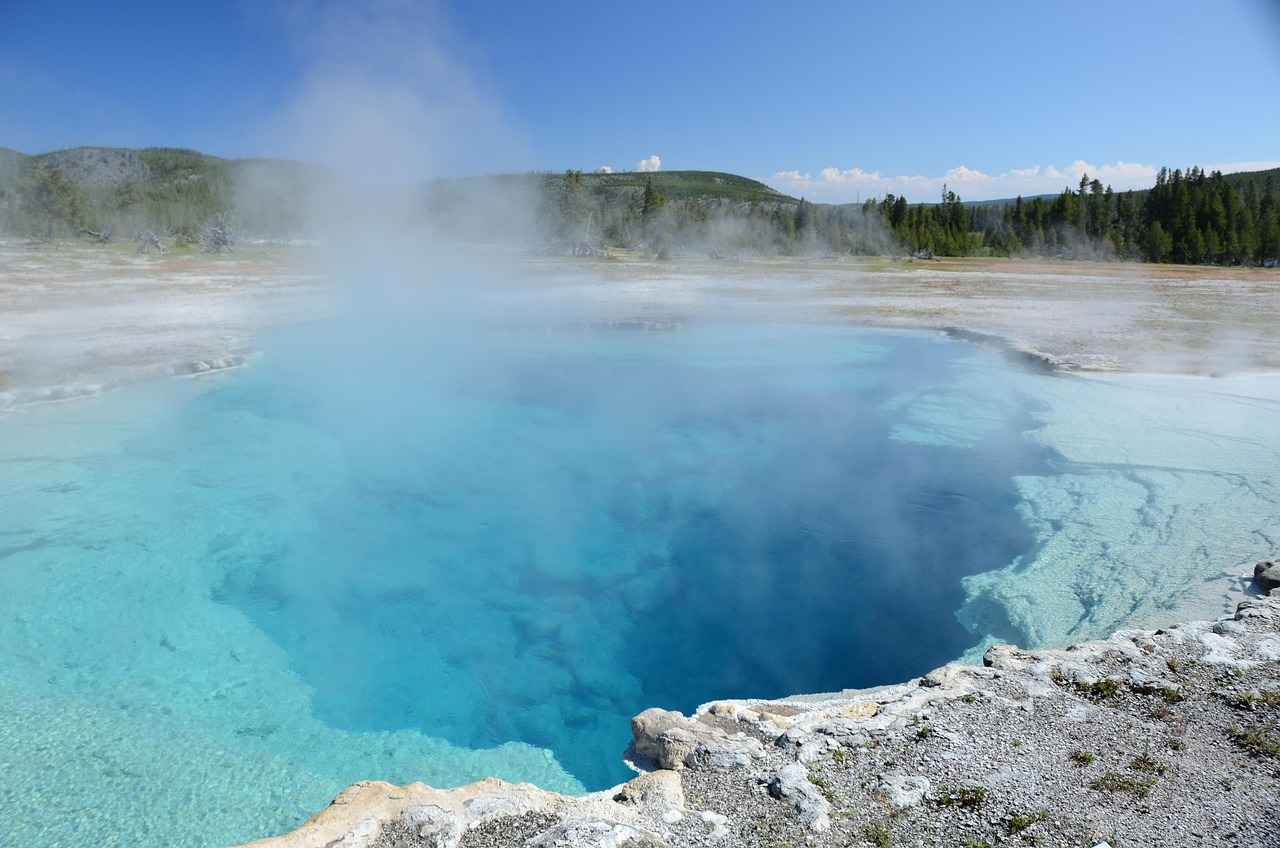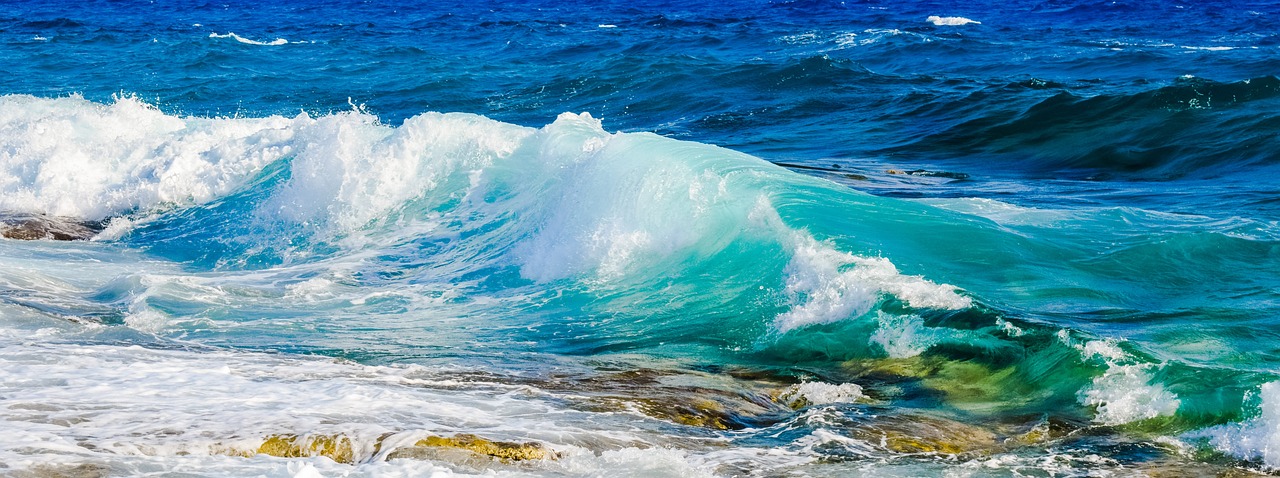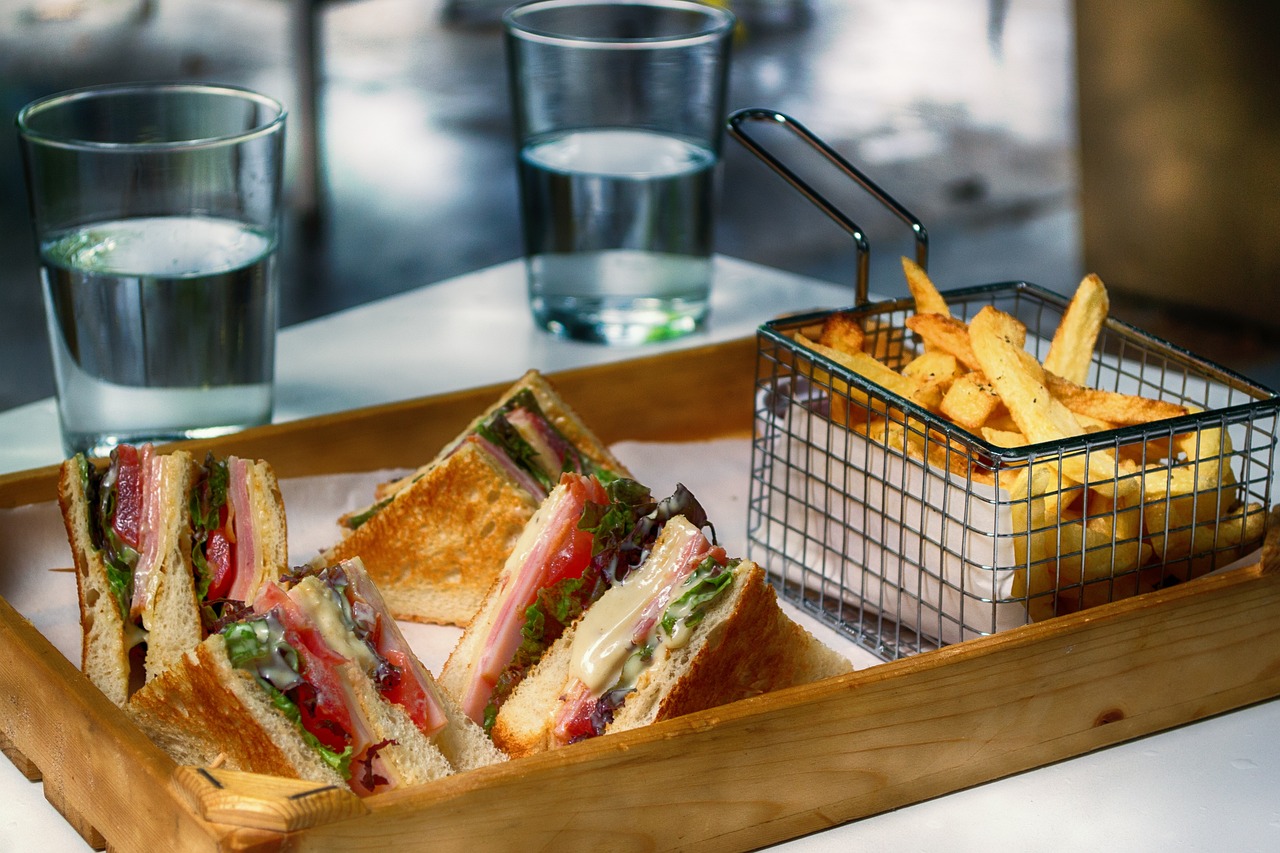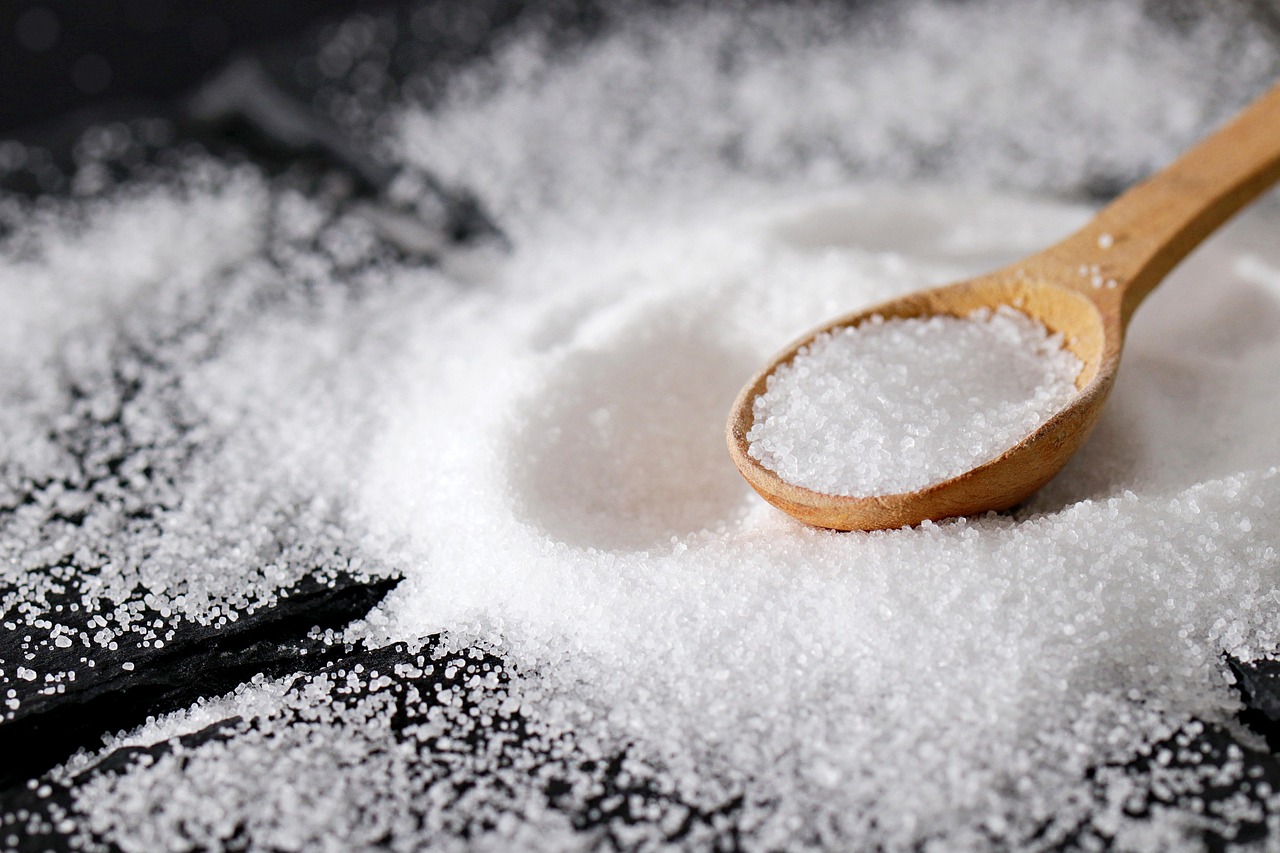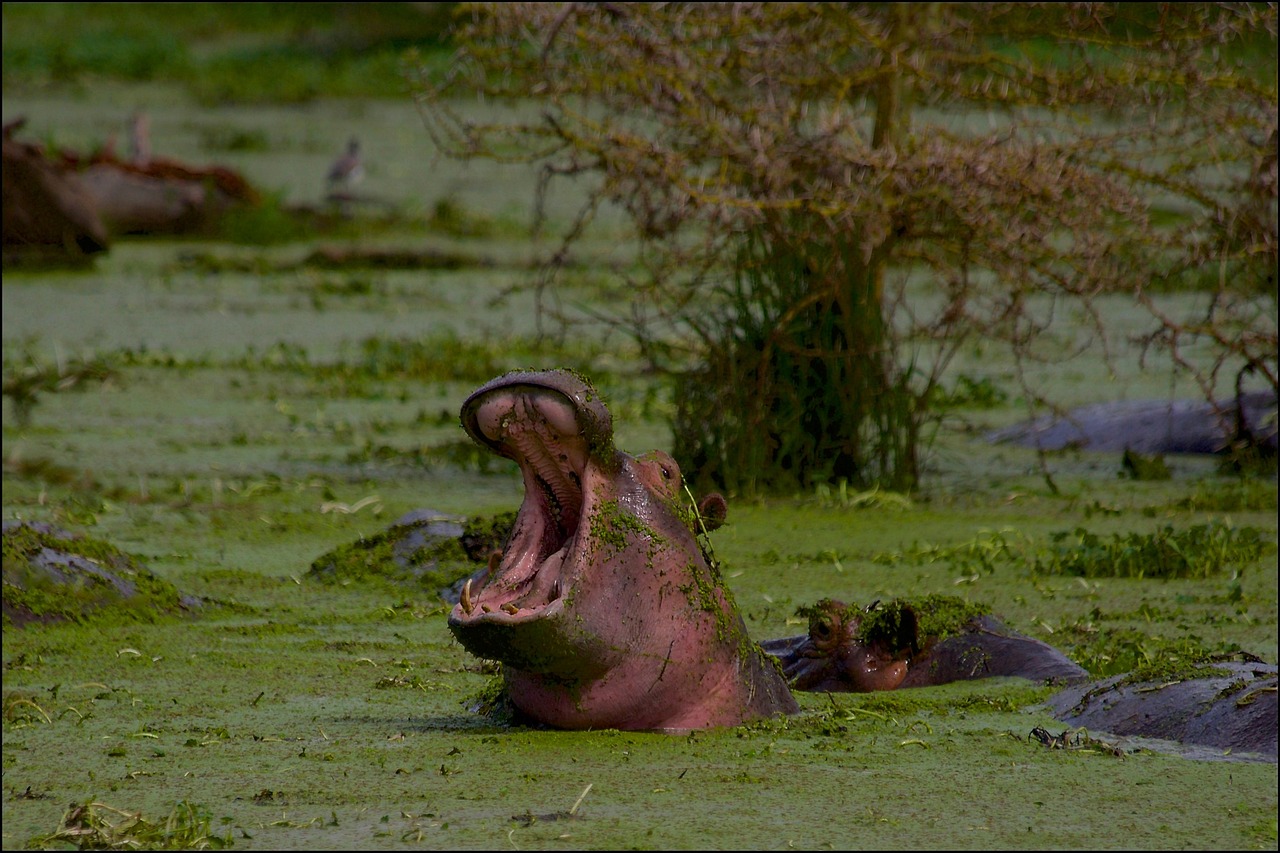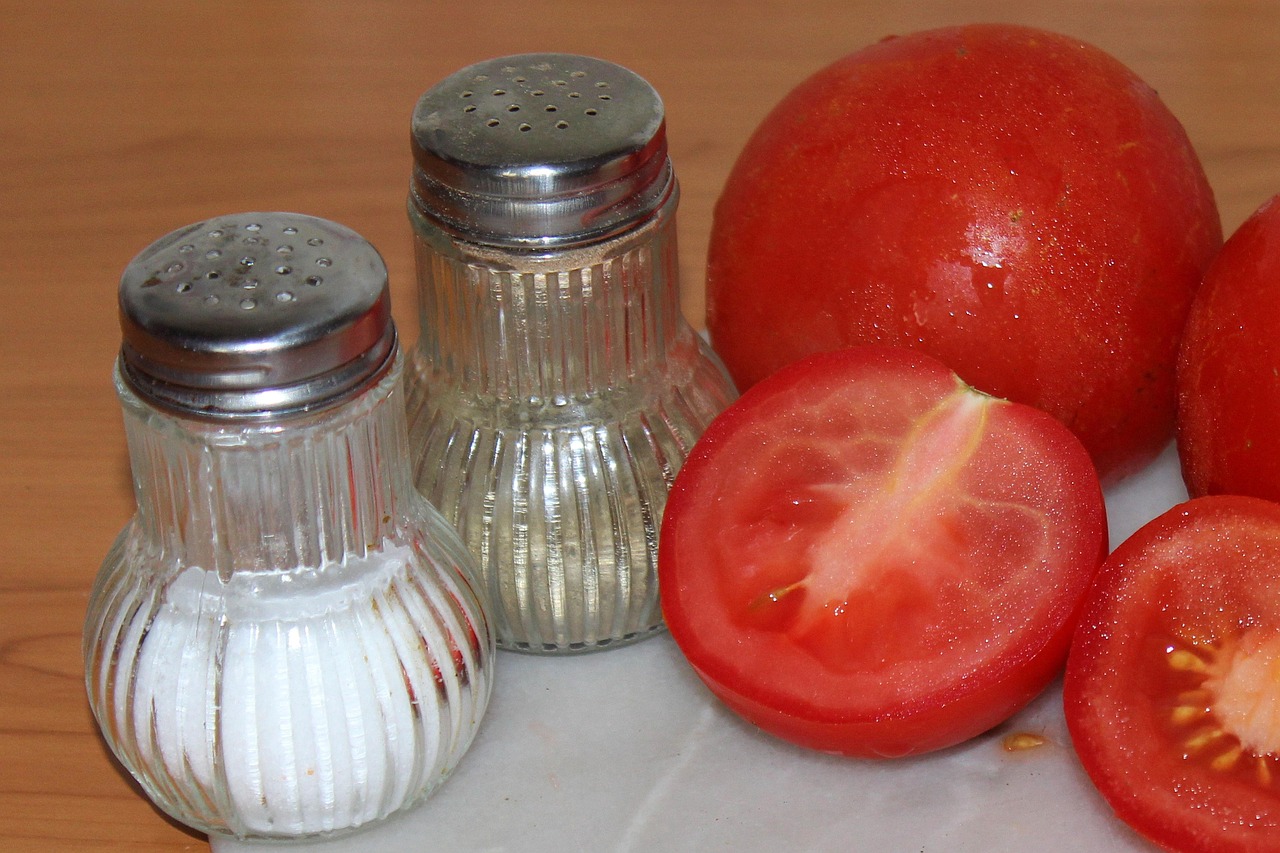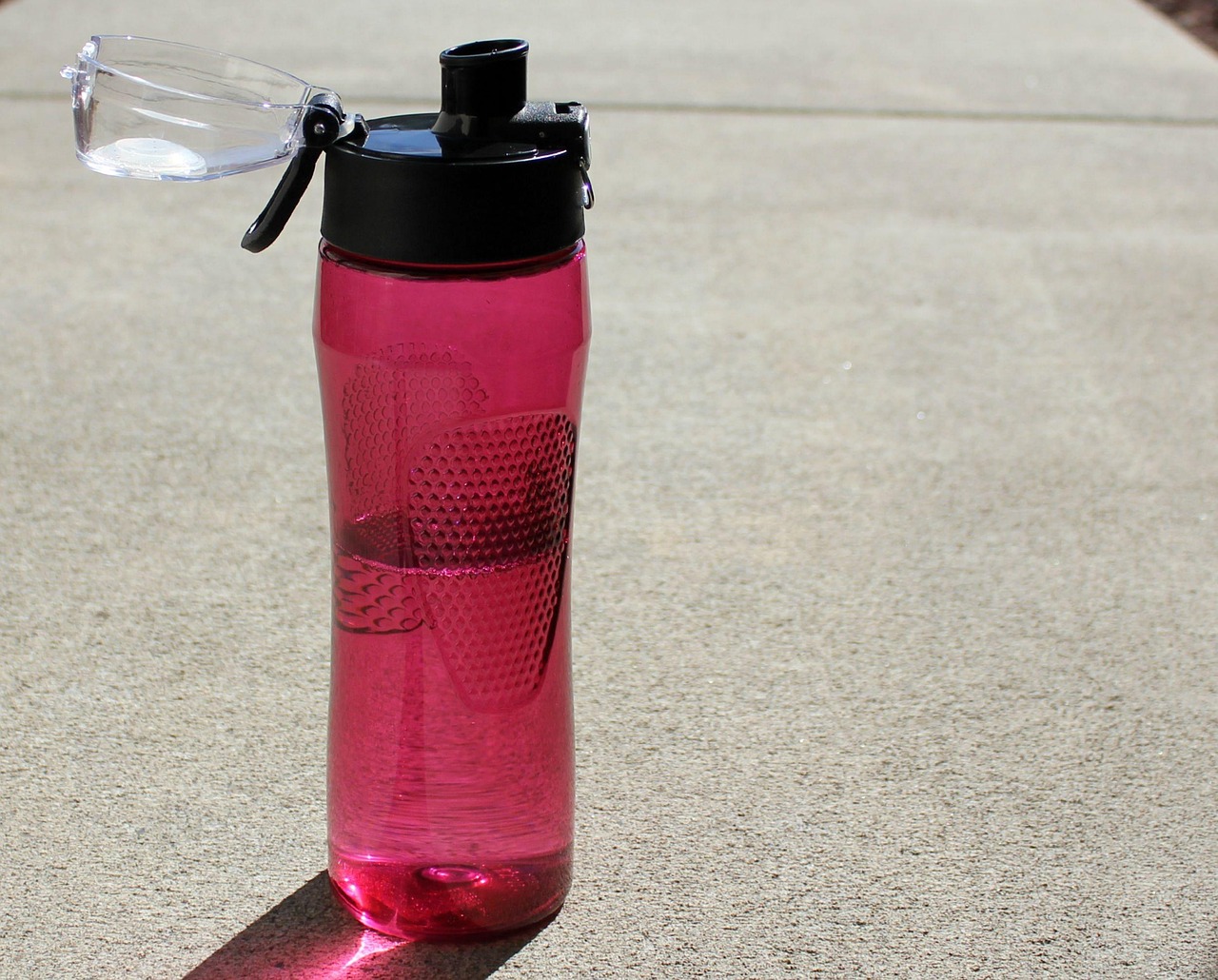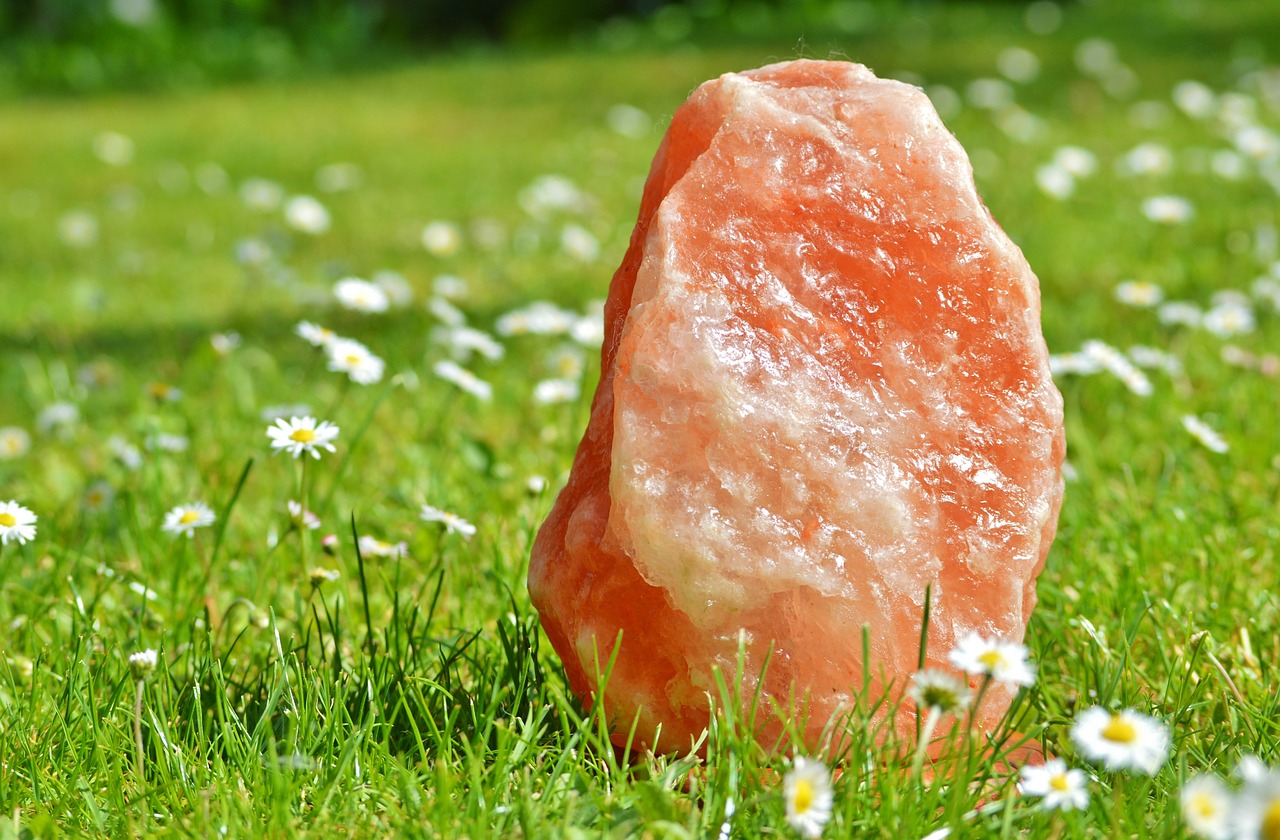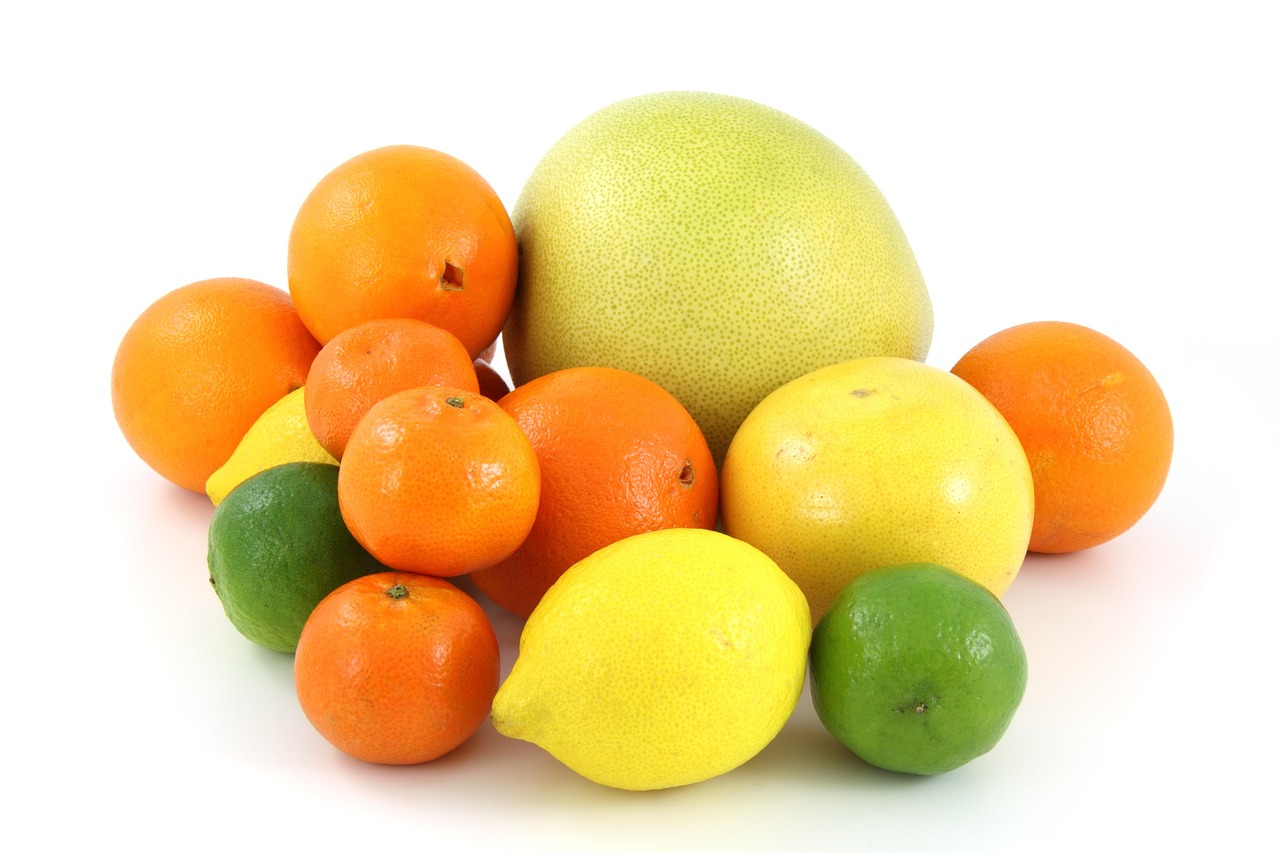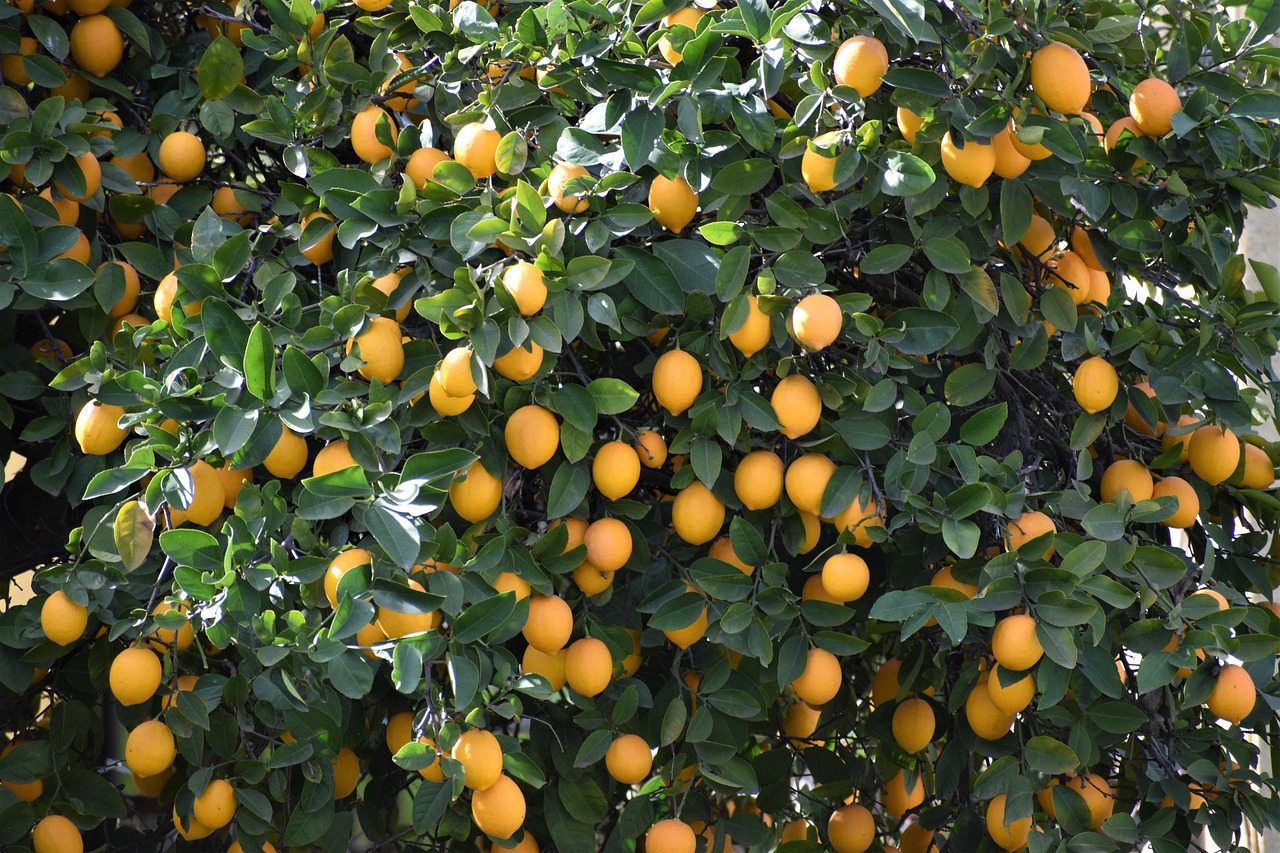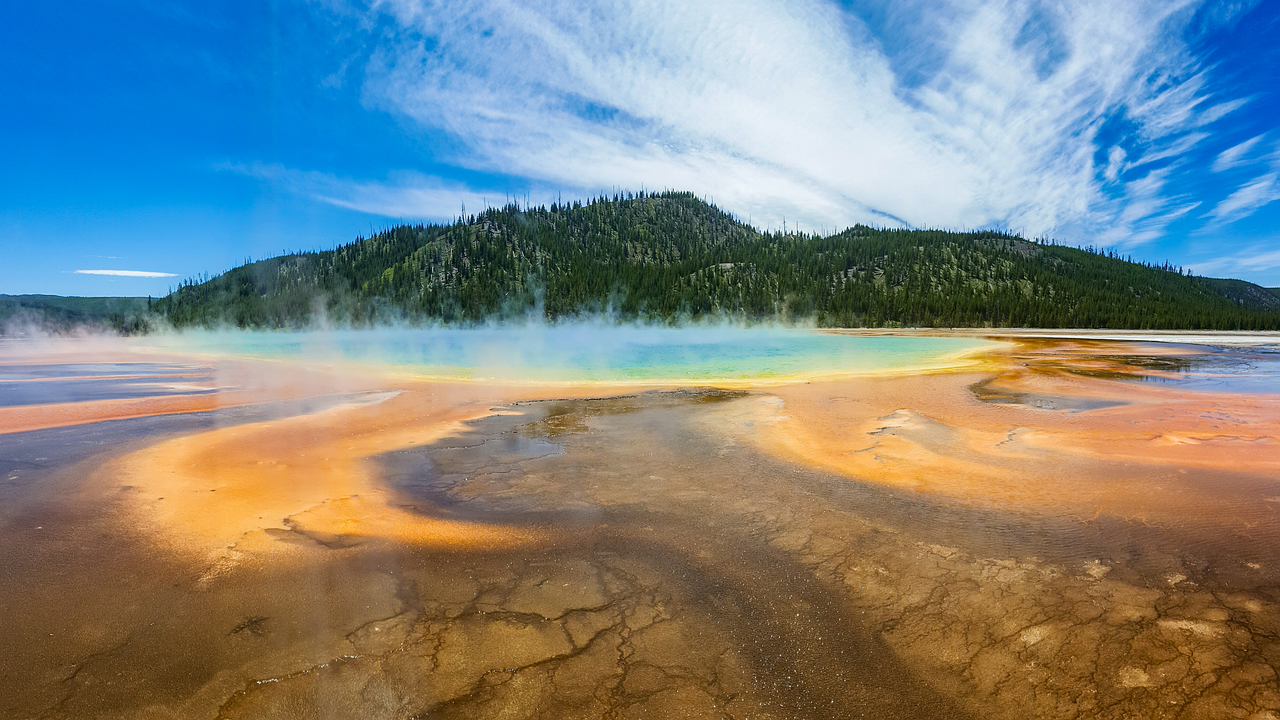This article delves into the fascinating Mpemba effect, a phenomenon where hot water freezes faster than cold water under specific conditions. This counterintuitive observation has puzzled scientists and enthusiasts alike, prompting numerous studies and discussions. Understanding the underlying scientific principles can provide insights into not only the Mpemba effect but also the behavior of water and heat transfer.
The Mpemba Effect: An Overview
The Mpemba effect is named after Tanzanian student Erasto Mpemba, who in 1963 observed that a hot ice cream mixture froze quicker than a cold one. This observation led to a series of experiments and investigations that sought to explain this unusual behavior of water. While the Mpemba effect is not universally accepted, it has sparked considerable interest and research in the scientific community.
Historical Background of the Mpemba Effect
Erasto Mpemba’s discovery was initially met with skepticism, but it eventually garnered attention from physicists and chemists. Historical experiments, including those by Aristotle and later researchers, hinted at similar observations, laying the groundwork for modern explorations of this phenomenon. Understanding the historical context helps appreciate the significance of the Mpemba effect in scientific inquiry.
Scientific Explanations Behind the Mpemba Effect
Several theories attempt to explain why hot water can freeze faster than cold water:
- Evaporation: When hot water is exposed to air, it evaporates more rapidly than cold water, resulting in a reduced volume that can freeze faster.
- Convection Currents: Hot water creates convection currents that facilitate uniform cooling, potentially speeding up the freezing process compared to stagnant cold water.
- Supercooling: Cold water can sometimes cool below its freezing point without forming ice, which may delay freezing compared to hotter water.
Experimental Evidence Supporting the Mpemba Effect
Numerous experiments have aimed to validate the Mpemba effect, yielding mixed results. Controlled laboratory experiments, where variables such as temperature and container type are manipulated, often provide clearer insights. For instance, researchers have noted that the shape and material of containers can significantly influence freezing times.
Real-World Observations
In natural settings, the Mpemba effect can be influenced by various external factors, including wind speed, humidity, and even the altitude at which the freezing occurs. These conditions can create unpredictable outcomes, making the Mpemba effect a topic of continued interest and investigation.
Factors Influencing Freezing Rates
Beyond temperature, several external elements can impact the freezing rates of water:
- Container Material and Shape: Different materials (like metal, glass, or plastic) conduct heat differently, affecting how quickly water freezes.
- Environmental Conditions: Air temperature, humidity, and atmospheric pressure can all play a role in the freezing process, highlighting the complexity of the Mpemba effect.
Practical Implications of the Mpemba Effect
The Mpemba effect has practical applications across various fields, including food science, where understanding freezing rates can improve food preservation methods. Additionally, insights from the Mpemba effect can inform practices in cryogenics and even contribute to climate studies by enhancing our understanding of heat transfer in natural systems.
In conclusion, the Mpemba effect remains a captivating subject that intertwines history, science, and practical implications. By exploring the various theories and experimental findings, we gain a deeper appreciation for the complexities of water behavior and the intriguing nature of this phenomenon.

The Mpemba Effect: An Overview
The Mpemba effect is a fascinating phenomenon that challenges our intuition about the behavior of water when subjected to freezing temperatures. It refers to the observation that, under certain conditions, warm water can freeze faster than cold water. This seemingly paradoxical occurrence has intrigued scientists and researchers for decades, prompting numerous studies and discussions aimed at uncovering the underlying mechanisms at play.
This effect was named after Erasto Mpemba, a Tanzanian student who, in 1963, observed that hot ice cream mix froze more quickly than its cooler counterpart. His findings sparked interest in the scientific community, leading to a series of experiments designed to explore the intricacies of this counterintuitive behavior. The Mpemba effect is not merely a quirky anomaly; it has implications across various fields, including physics, chemistry, and even culinary science.
Historical Background of the Mpemba Effect
The history of the Mpemba effect dates back to ancient times, with references to similar observations found in various cultures. However, it was Mpemba’s specific claim that caught the attention of scientists. His assertion was initially met with skepticism, leading to a series of experiments that sought to validate or refute his observations. Over the years, various researchers have contributed to the understanding of this phenomenon, conducting experiments that often yielded conflicting results.
Scientific Explanations Behind the Mpemba Effect
Understanding the Mpemba effect involves exploring several scientific theories. Some of the most prominent explanations include:
- Evaporation: When warm water is exposed to cold air, a portion of it evaporates, reducing the volume. This reduction can lead to faster freezing, as the remaining water has less mass to cool.
- Convection Currents: Hot water tends to create convection currents, which enhance the heat transfer process. These currents can lead to a more uniform temperature distribution, potentially resulting in quicker freezing compared to stagnant cold water.
- Supercooling: Cold water can sometimes cool below its freezing point without forming ice, a state known as supercooling. This phenomenon can delay the freezing process, making hot water appear to freeze faster.
Experimental Evidence Supporting the Mpemba Effect
Numerous experiments have been conducted to investigate the Mpemba effect, with varying degrees of success. Controlled laboratory experiments have often provided clearer insights into the conditions that favor this phenomenon. Researchers manipulate variables such as:
- Temperature of the water
- Type of container used
- Environmental conditions, including air pressure and humidity
These controlled settings allow scientists to observe the Mpemba effect more accurately. However, real-world observations can be unpredictable due to the multitude of factors at play.
Factors Influencing Freezing Rates
Beyond the temperature of the water, several external factors can significantly impact freezing rates. Understanding these variables is crucial for a comprehensive grasp of the Mpemba effect:
- Container Material and Shape: The material and shape of the container can affect heat transfer efficiency. For instance, metal containers often conduct heat better than plastic ones, potentially influencing freezing times.
- Environmental Conditions: Factors such as ambient air temperature, wind speed, and humidity can all interact with the water’s temperature, affecting how quickly it freezes.
The Mpemba effect, while still not fully understood, continues to captivate scientists and laypeople alike. Its implications reach far beyond simple curiosity, offering insights into the fundamental principles of thermodynamics and heat transfer.
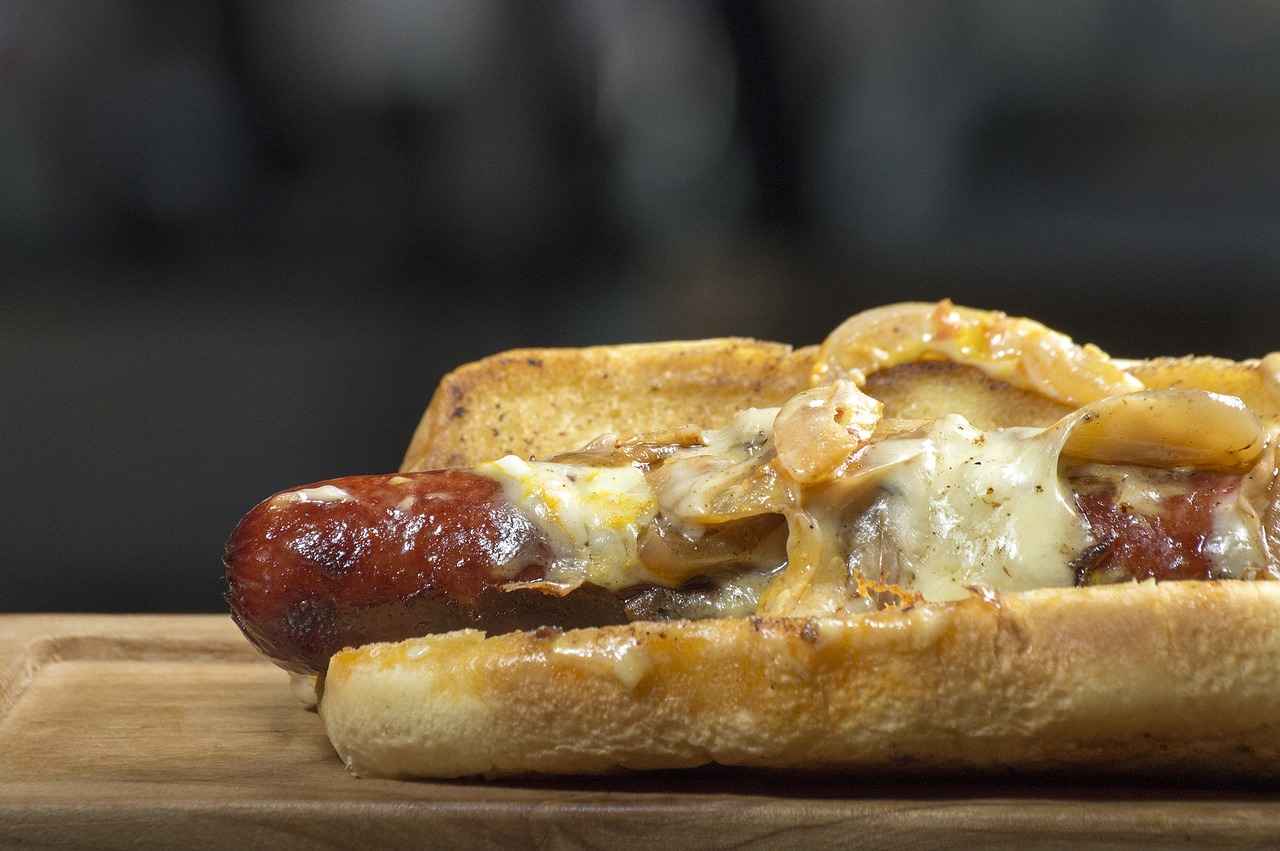
Historical Background of the Mpemba Effect
The Mpemba effect is a fascinating phenomenon that has intrigued scientists and laypeople alike for decades. Named after Tanzanian student Erasto Mpemba, who in 1963 made the surprising observation that a hot ice cream mix froze faster than a cold one, this effect challenges our conventional understanding of thermodynamics. To fully appreciate the significance of Mpemba’s discovery, it is essential to explore the historical context surrounding it and the scientific inquiries that followed.
In the early 1960s, Mpemba was a high school student who was experimenting with making ice cream. He noticed that when he poured hot ice cream mix into a freezer, it froze more quickly than a similar mixture that had been cooled beforehand. Initially dismissed by his teachers, Mpemba’s claim would eventually gain traction, leading to further investigation into the phenomenon. His findings were first published in a scientific journal in 1969, where they sparked curiosity among physicists and chemists.
The historical significance of the Mpemba effect lies not only in its counterintuitive nature but also in the way it highlights the importance of empirical observation in science. Mpemba’s experience serves as a reminder that scientific inquiry often begins with simple observations that defy established norms. This aligns with the broader history of science, where many groundbreaking discoveries originated from unexpected findings.
Following Mpemba’s initial observations, researchers began to conduct experiments to replicate and understand the effect. The phenomenon was not limited to Mpemba’s ice cream mix; it was observed in various other substances and conditions, prompting scientists to explore the underlying principles. Notably, the Mpemba effect has been the subject of numerous studies, leading to the formulation of various theories that attempt to explain why hot water might freeze faster than cold water under specific circumstances.
Some of these theories include the role of evaporation, where the loss of water vapor from the hot liquid reduces its volume and allows for quicker freezing. Additionally, convection currents generated in hot water can facilitate a more uniform cooling process, further contributing to the effect. Despite the ongoing research, the Mpemba effect remains a topic of debate, with no single explanation universally accepted among scientists.
The historical context of the Mpemba effect also illustrates the evolving nature of scientific understanding. Initially met with skepticism, Mpemba’s observations eventually led to a greater appreciation for the complexities of heat transfer and the behavior of water. This highlights the importance of remaining open to new ideas and questioning established scientific principles, which can lead to significant advancements in knowledge.
In conclusion, the Mpemba effect stands as a testament to the power of curiosity and observation in science. Erasto Mpemba’s discovery not only challenges our understanding of freezing processes but also encourages a deeper exploration of the natural world. As research continues, the Mpemba effect serves as a reminder that sometimes, the most profound insights come from the most unexpected sources.
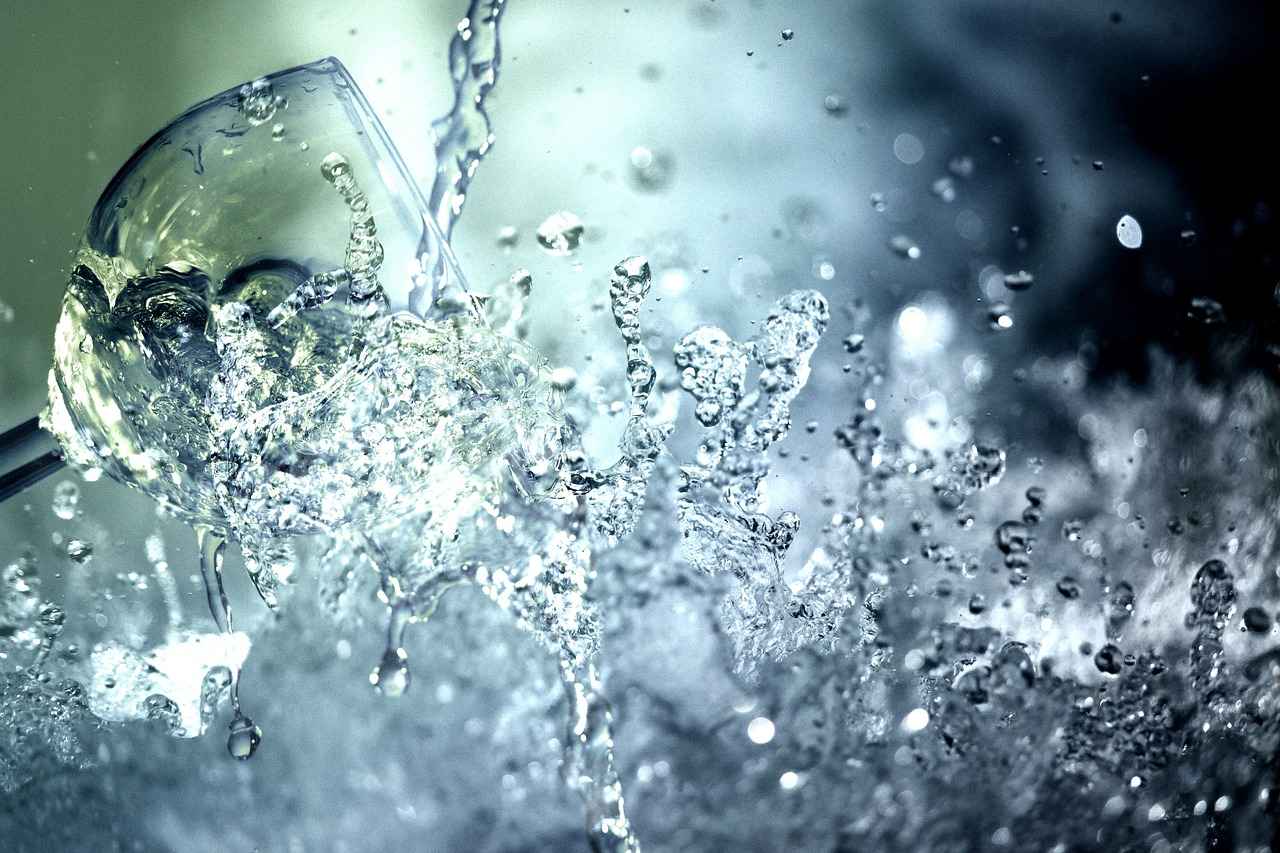
Scientific Explanations Behind the Mpemba Effect
The Mpemba effect is a fascinating phenomenon that challenges our understanding of thermodynamics and water behavior. This section delves into the scientific explanations behind why hot water may freeze faster than cold water, highlighting key theories and their implications.
The Mpemba effect is named after Erasto Mpemba, who observed that hot ice cream mix froze faster than cold in 1963. This counterintuitive observation has sparked numerous studies and theories aimed at explaining the underlying mechanisms. Several hypotheses have emerged, each offering a unique perspective on the behavior of water during the freezing process.
One of the primary explanations for the Mpemba effect is evaporation. When hot water is exposed to the air, a portion of it evaporates, reducing the overall volume of water that needs to freeze. This loss of mass can lead to a quicker freezing time, as there is less water to cool down. Furthermore, the remaining water may cool more rapidly due to the decreased volume, enhancing the freezing process.
Another critical factor is the presence of convection currents in hot water. When water is heated, it creates currents that promote a more uniform temperature distribution. These currents can facilitate faster heat loss compared to stagnant cold water, which may not circulate as effectively. As a result, the hot water can reach freezing temperatures more quickly, contributing to the Mpemba effect.
Supercooling is another key phenomenon associated with the Mpemba effect. Supercooling occurs when water cools below its freezing point without forming ice. This condition is often more prevalent in colder water, which can delay the freezing process. In contrast, hot water may avoid supercooling due to its higher initial temperature, allowing it to freeze more readily once it reaches the appropriate conditions.
Numerous experiments have been conducted to explore the Mpemba effect, yielding mixed results. Some studies have confirmed the phenomenon under specific conditions, while others have found it challenging to replicate. Factors such as container shape, material, and environmental conditions play significant roles in the outcomes of these experiments. For instance, researchers have noted that the type of container used can influence heat transfer rates, thereby affecting freezing times.
Beyond the intrinsic properties of water, environmental conditions also impact freezing rates. Factors such as air temperature, humidity, and atmospheric pressure can alter the dynamics of heat transfer. For example, lower humidity levels can enhance evaporation rates, further contributing to the Mpemba effect. Additionally, wind speed can facilitate heat loss, potentially allowing hot water to freeze faster in windy conditions compared to still air.
The Mpemba effect has practical implications across various fields, from food science to climate studies. Understanding this phenomenon can lead to innovations in freezing techniques and improved processes in cryogenics. For example, in food production, knowledge of the Mpemba effect can optimize freezing methods, ensuring better quality and preservation of food items.
In conclusion, the Mpemba effect illustrates the complexities of heat transfer and water behavior. By exploring the theories of evaporation, convection currents, and supercooling, we gain valuable insights into this intriguing phenomenon. Further research and experimentation will continue to shed light on the conditions that influence freezing rates, enhancing our understanding of thermodynamics and its practical applications.
Evaporation and Its Impact
The phenomenon of the Mpemba effect, where hot water freezes faster than cold water, is a captivating subject in the field of thermodynamics. One of the key factors contributing to this surprising outcome is evaporation. Understanding the role of evaporation in the freezing process can shed light on the complexities of this effect.
Evaporation is the process by which molecules in a liquid state transition to a gaseous state. This occurs when molecules gain enough energy to overcome the forces holding them together in the liquid. In the case of hot water, the higher temperature means that a greater number of molecules have sufficient energy to escape into the atmosphere.
When hot water is left to cool, a significant portion of it can evaporate. This reduction in volume is crucial because it means that there is less water to freeze. As the volume decreases, the remaining water can cool more rapidly, allowing it to reach the freezing point faster than a larger volume of cold water. This phenomenon is particularly pronounced in shallow containers where the surface area is larger, facilitating increased evaporation.
Evaporation also affects the temperature gradient of the remaining water. As water evaporates, it takes away heat energy from the liquid, leading to a faster overall cooling rate. This process can create a more uniform temperature distribution within the water, which is beneficial for the freezing process. In contrast, cold water may not experience the same level of heat loss through evaporation, resulting in a slower cooling rate.
In hot water, convection currents can also enhance the cooling effect. These currents are caused by the movement of warmer water rising and cooler water sinking, promoting a more efficient heat exchange. As hot water evaporates and cools, these currents can help distribute the remaining heat more evenly, thus enabling faster freezing. This contrasts with cold water, which may not have the same level of movement, leading to stagnant areas that slow down the freezing process.
The implications of evaporation in the Mpemba effect extend beyond theoretical discussions. In practical scenarios, such as in ice-making machines or natural freezing environments, understanding how evaporation influences freezing rates can lead to improved efficiency. For instance, in food preservation, knowing that hot liquids can freeze more quickly can help in developing better cooling techniques.
Numerous experiments have been conducted to observe the effects of evaporation on the freezing rates of water. These studies often highlight the significance of factors such as container shape, surface area, and environmental conditions. For example, researchers have found that using shallow containers can enhance evaporation and, consequently, accelerate freezing times. Such findings underscore the importance of evaporation in understanding the Mpemba effect.
In summary, evaporation plays a vital role in the Mpemba effect by reducing water volume, enhancing heat loss, and promoting convection currents. These factors collectively contribute to the intriguing observation that hot water can freeze faster than cold water under certain conditions. As research continues, further insights into this phenomenon may lead to innovative applications across various fields, including science and industry.
Convection Currents in Hot Water
The phenomenon of convection currents in hot water plays a crucial role in understanding why hot water can freeze faster than cold water. When water is heated, it undergoes changes in density that lead to the formation of these currents. As the water heats up, the warmer, less dense water rises to the surface, while the cooler, denser water sinks. This constant movement creates a dynamic system that promotes more uniform temperature distribution throughout the liquid.
In contrast, stagnant cold water lacks this movement, resulting in uneven temperature gradients. The presence of convection currents in hot water enhances the cooling process by allowing heat to escape more efficiently. As the hot water loses heat, the convection currents continue to circulate, ensuring that all parts of the water are exposed to the cooling environment. This leads to a more rapid decrease in temperature compared to cold water, which may remain relatively still.
To better understand the impact of convection currents, consider the following points:
- Enhanced Heat Transfer: The movement of water molecules in convection currents facilitates faster heat transfer away from the water, allowing it to cool more quickly.
- Uniform Temperature Distribution: Convection currents help maintain a consistent temperature throughout the water, preventing localized areas from remaining warm while others cool down.
- Increased Surface Area Exposure: As hot water circulates, it exposes more of its surface area to the surrounding environment, enhancing heat loss.
Research has shown that the effectiveness of convection currents can vary based on several factors, including:
- Container Shape: The shape of the container can influence the flow of water and the strength of convection currents. For example, wider containers may allow for better circulation.
- Initial Temperature: The starting temperature of the water can affect the intensity of convection currents. Higher initial temperatures generally lead to stronger currents.
- Environmental Conditions: Factors such as air temperature and humidity can also play a role in how effectively convection currents enhance cooling.
In practical applications, understanding convection currents can lead to improved methods for freezing and cooling processes. For instance, in industrial settings, optimizing the shape and material of containers can harness the benefits of convection to enhance cooling efficiency. Similarly, in culinary practices, chefs may utilize hot water for certain recipes to achieve faster chilling times.
In summary, convection currents in hot water significantly contribute to the Mpemba effect by promoting efficient heat transfer and uniform cooling. This phenomenon not only challenges our intuitive understanding of freezing but also opens up new avenues for practical applications in various fields.
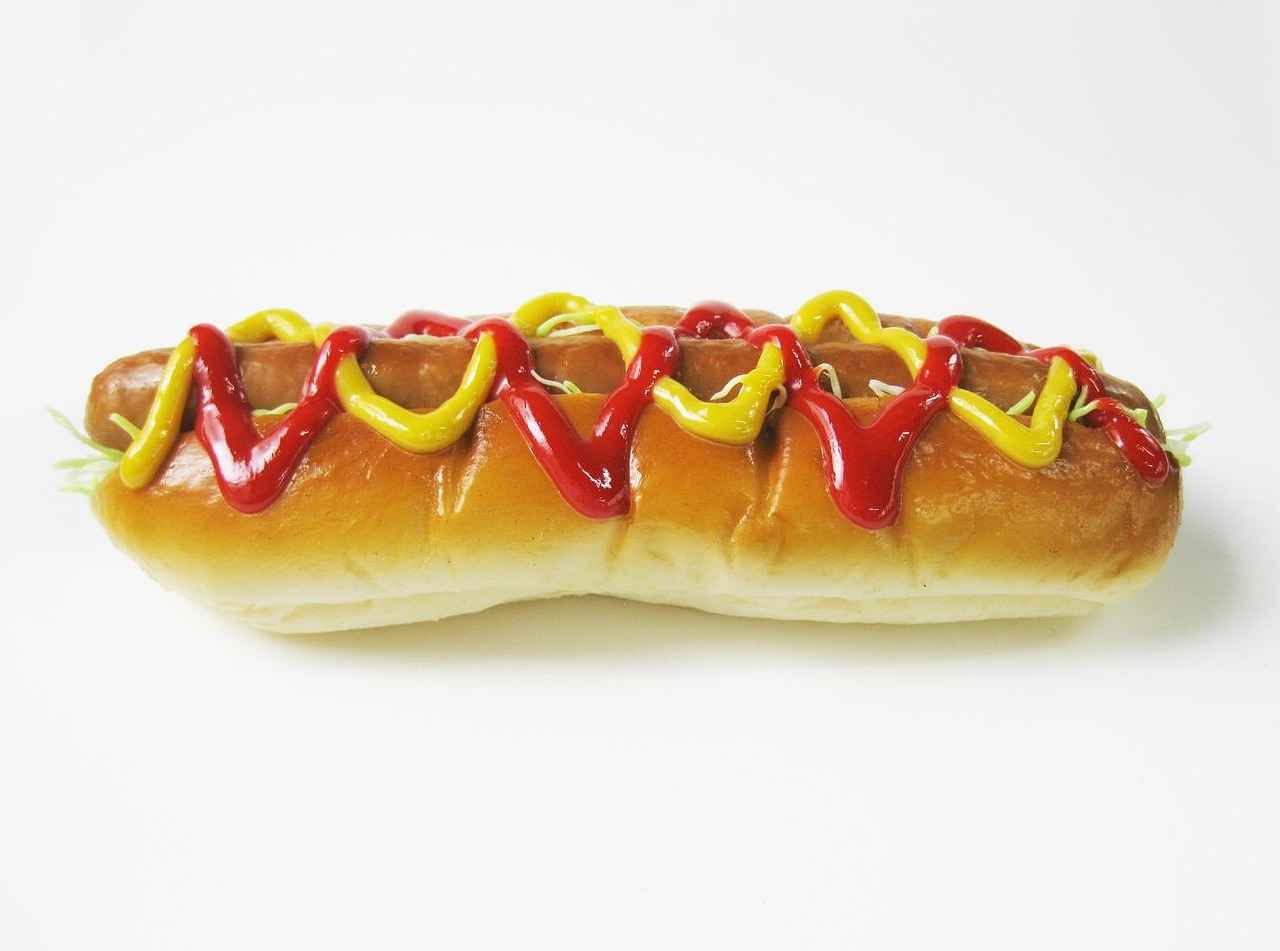
Supercooling: A Key Factor
Supercooling is a fascinating physical phenomenon that occurs when water is cooled to below its freezing point without transitioning into ice. This state can be particularly prevalent in cold water, which may experience a delay in freezing compared to its hotter counterpart. Understanding supercooling is crucial for comprehending the broader implications of the Mpemba effect, where hot water freezes faster than cold water under specific conditions.
To grasp supercooling, it is essential to consider the molecular structure of water. As water cools, its molecules begin to lose energy and move closer together. However, if the water is exceptionally pure and free from impurities or disturbances, it can remain in a liquid state even below 0°C (32°F). This state of supercooled water can last until it is disturbed or comes into contact with a nucleation site, such as a small impurity or even the surface of a container, which triggers the formation of ice crystals.
Why Does Supercooling Occur? There are several factors that contribute to the occurrence of supercooling:
- Purity of Water: Supercooled water is typically very pure, as impurities can act as nucleation sites that promote freezing.
- Container Conditions: The type and shape of the container can influence how water freezes. Smooth, clean surfaces are less likely to trigger nucleation.
- Cooling Rate: Rapid cooling can lead to supercooling, as there may not be enough time for ice crystals to form.
Interestingly, supercooling can be more common in cold water than in hot water. When cold water is supercooled, it can remain in a liquid state until it is disturbed, leading to a rapid freezing process. This phenomenon can create a visually stunning effect, where water instantly transforms into ice upon impact or disturbance.
Practical Applications of Supercooling
Supercooling has several practical implications in various fields:
- Cryogenics: In cryogenics, supercooled liquids are used to preserve biological samples and facilitate advanced cooling techniques.
- Weather Phenomena: Understanding supercooling helps meteorologists predict certain weather events, such as freezing rain.
- Food Science: In food preservation, supercooling can enhance the quality of frozen foods by reducing ice crystal formation.
Research into supercooling continues to reveal its complexities and applications. Scientists are exploring the conditions that promote supercooling and how it can be harnessed for various technological advancements. For instance, advancements in refrigeration technology may leverage supercooling to improve efficiency and reduce energy consumption.
In conclusion, supercooling is a remarkable phenomenon that challenges our understanding of freezing and liquid states. Its presence in cold water, along with its implications in various scientific and practical fields, underscores the intricate behaviors of water. By further studying supercooling, we can unlock new potential in technology, food preservation, and our understanding of natural processes.
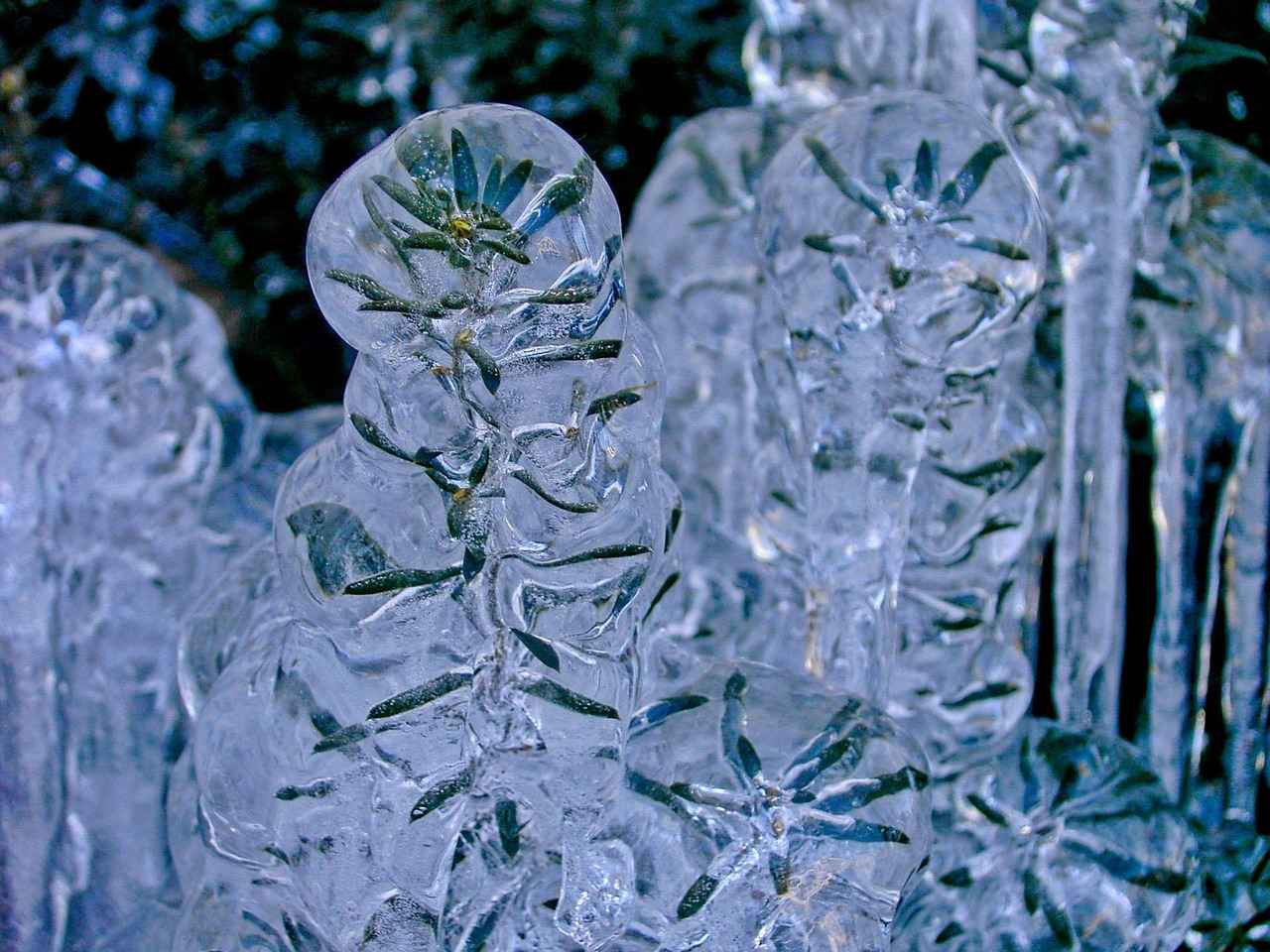
Experimental Evidence Supporting the Mpemba Effect
The phenomenon known as the Mpemba effect has captivated scientists and enthusiasts alike, prompting numerous experiments aimed at understanding why hot water can freeze faster than cold water under specific conditions. This section delves into the various experiments conducted to explore this counterintuitive effect, highlighting significant findings and the factors that influence freezing rates.
Over the years, researchers have approached the Mpemba effect from different angles, leading to a diverse array of results. Some experiments have successfully demonstrated the effect, while others have yielded inconclusive or contradictory outcomes. Understanding these experiments is essential for grasping the complexities surrounding the Mpemba effect.
Controlled laboratory experiments are pivotal in isolating variables that affect the freezing process. In these setups, scientists often manipulate factors such as:
- Initial water temperature – Comparing hot and cold water at precise temperatures.
- Container type – Using materials like metal, glass, and plastic to observe heat conduction.
- Environmental conditions – Adjusting air temperature and humidity to determine their impact on freezing rates.
For instance, a notable experiment conducted by Professor Paul M. R. van der Meer in 2012 provided clear evidence of the Mpemba effect. In this study, hot water was found to freeze faster than cold water in identical containers, leading researchers to conclude that convection currents and evaporation played significant roles in the process.
While controlled experiments provide valuable insights, real-world observations often present a more complex picture. Factors such as wind speed, humidity, and the material of the container can significantly influence whether hot water freezes faster than cold water in natural settings. For example, in outdoor conditions, the presence of wind can enhance evaporation from the surface of hot water, potentially accelerating its freezing process.
In 2017, a study conducted in outdoor environments showed that hot water placed in shallow containers froze more quickly than cold water in similar containers, reinforcing the notion that environmental factors play a crucial role in the Mpemba effect.
The variability in experimental results can often be attributed to the numerous factors at play. For example, the size and shape of the container can affect how heat dissipates. A wider container allows for greater evaporation, while a taller one may hinder it. Furthermore, the initial temperature of the water and the surrounding conditions can yield different outcomes.
Several scientific theories attempt to explain the Mpemba effect. One prominent theory suggests that the process of evaporation reduces the volume of hot water, enabling the remaining water to freeze more rapidly. Additionally, convection currents in hot water can enhance heat distribution, leading to a more uniform cooling process compared to stagnant cold water. Another contributing factor is supercooling, where cold water may remain liquid below its freezing point, delaying the formation of ice.
Despite ongoing research, the Mpemba effect remains a subject of debate and exploration. Scientists continue to investigate the intricate dynamics of water’s behavior under various conditions, seeking to unravel the mysteries behind this fascinating phenomenon.
Controlled Laboratory Experiments
The Mpemba effect presents a fascinating scientific dilemma: why does hot water sometimes freeze faster than cold? To unravel this mystery, researchers have conducted numerous that manipulate various factors affecting freezing rates. These experiments aim to provide clearer insights into the mechanisms behind this counterintuitive phenomenon.
In controlled settings, scientists can systematically alter variables such as initial water temperature, container material, and environmental conditions. By keeping all other factors constant, they can focus on the specific influences that contribute to the freezing process. For instance, one of the primary variables manipulated is the temperature of the water. Researchers often use water at different initial temperatures, ranging from room temperature to boiling, to observe how these variations affect the time it takes for the water to freeze.
Another critical factor in these experiments is the type of container used. Different materials, such as metal, glass, or plastic, conduct heat differently. Metal containers, for example, tend to conduct heat away from the water more efficiently than glass or plastic. This property can significantly impact the freezing time, as the heat transfer rate influences how quickly the water cools down. Additionally, the shape and size of the container can also play a role; wider containers may allow for more surface area exposure, leading to faster heat loss.
Environmental conditions are also meticulously controlled in laboratory settings. Factors such as air temperature, humidity, and even airflow can have significant effects on the rate at which water freezes. For example, experiments conducted in a windy environment may yield different results compared to those in a still atmosphere. Researchers often utilize climate-controlled chambers to maintain consistent environmental conditions, ensuring that any observed differences in freezing times can be attributed to the manipulated variables.
Moreover, researchers frequently conduct repeated trials to account for variability and ensure the reliability of their findings. This repetition helps to establish a clearer understanding of the Mpemba effect and its underlying mechanisms. In some experiments, scientists have also included measurements of evaporation rates, which can affect the volume of water available for freezing. By quantifying how much water evaporates during the cooling process, they can better understand its role in the overall freezing dynamics.
Despite the rigorous nature of controlled experiments, results can still vary, prompting researchers to refine their methodologies continually. Some studies have suggested that the Mpemba effect may not always occur under identical conditions, indicating that other factors may contribute to the phenomenon. This variability highlights the complexity of water behavior and the need for ongoing research in this area.
In summary, controlled laboratory experiments are essential for dissecting the intricacies of the Mpemba effect. By manipulating specific variables and maintaining strict experimental conditions, researchers can gain valuable insights into why hot water may freeze faster than cold water. As science continues to explore this captivating phenomenon, each experiment brings us closer to understanding the fundamental principles governing heat transfer and water behavior.
Real-World Observations
The phenomenon of the Mpemba effect, where hot water freezes faster than cold, has intrigued scientists and laypeople alike. While controlled experiments often yield interesting results, present a much more complex picture. Various factors can influence the freezing rates of hot and cold water in natural settings, making the Mpemba effect unpredictable.
In a controlled laboratory environment, variables such as temperature and container type can be meticulously managed. However, in real-world scenarios, other elements come into play. For instance, wind speed can significantly affect how quickly water loses heat. A gentle breeze can enhance evaporation rates, thereby accelerating the cooling process of hot water.
Humidity is another critical factor that can skew the results of the Mpemba effect. In high humidity conditions, the air is saturated with moisture, which can slow down the evaporation process. Conversely, in low humidity settings, the evaporation rate increases, potentially allowing hot water to freeze faster. This interplay between temperature and humidity adds another layer of unpredictability to real-world observations.
The material and shape of the container holding the water also play a vital role in determining freezing rates. Different materials conduct heat at varying rates. For example, metal containers generally conduct heat better than plastic ones, leading to faster cooling of hot water. Additionally, the shape of the container can influence how air circulates around it, further affecting heat loss.
Beyond wind and humidity, other environmental factors, such as air pressure and ambient temperature, can also impact freezing rates. In colder conditions, hot water might freeze more quickly due to a greater temperature differential. On the other hand, if the surrounding temperature is already low, the cooling rate of hot water may not be as pronounced, complicating predictions about the Mpemba effect.
Due to the myriad of influencing factors, real-world observations of the Mpemba effect can be inconsistent. For instance, two identical containers of water, one hot and one cold, placed side by side might not yield the expected results. While one might freeze faster than the other, the reasons could vary based on subtle differences in environmental conditions.
Understanding the complexities of the Mpemba effect in real-world settings has practical implications. For instance, in culinary applications, knowing how different factors influence freezing can enhance food preservation techniques. Similarly, in scientific research, recognizing these variables can lead to more accurate experimental designs and outcomes.
The Mpemba effect serves as a reminder of the intricacies of natural phenomena. While it challenges our intuitive understanding of heat transfer, it also opens avenues for further research and exploration. By accounting for the various factors that influence freezing rates, we can gain a deeper appreciation for the complexities of water behavior in different environments.
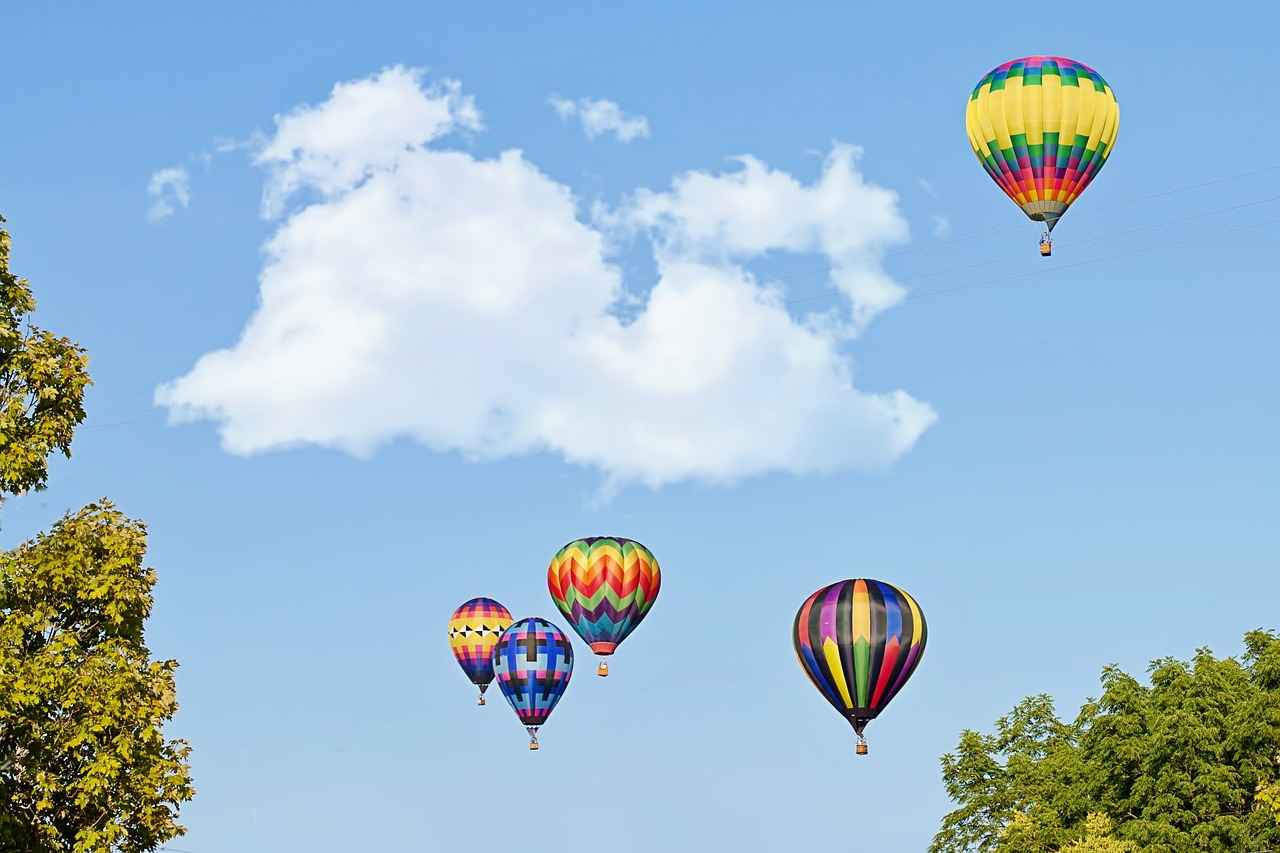
Factors Influencing Freezing Rates
The freezing rate of water is influenced by a variety of external factors beyond just temperature. Understanding these influences is crucial for a comprehensive grasp of the Mpemba effect, where hot water can freeze faster than cold water. In this section, we will delve into several key factors that significantly impact the freezing process.
- Container Material and Shape
- Environmental Conditions
- Wind Speed and Airflow
- Impurities in Water
- Initial Temperature of Surroundings
- Volume of Water
The material and shape of the container can alter the rate at which heat is transferred. For instance, metal containers typically conduct heat better than plastic ones, allowing hot water to cool more quickly. Additionally, the shape of the container affects the surface area exposed to the cold air, which can enhance or inhibit freezing rates. A wider container may facilitate faster heat loss compared to a narrow one.
External environmental factors such as air temperature, humidity, and pressure play a significant role in the freezing process. For example, lower ambient temperatures can expedite the cooling of water, while high humidity can slow down evaporation rates, which is a critical factor in the Mpemba effect. Understanding the interplay between these conditions can provide insights into why hot water may freeze faster under specific circumstances.
Wind speed can dramatically affect freezing rates. Increased airflow around the container can enhance evaporation, which in turn lowers the water temperature more rapidly. This phenomenon is particularly evident in outdoor environments where wind can significantly alter the freezing dynamics of water.
Water quality also influences freezing rates. Impurities, such as salts or minerals, can disrupt the freezing process. These substances can lower the freezing point of water, making it more challenging for it to solidify. In contrast, pure water may freeze more uniformly and predictably.
The starting temperature of the surrounding environment can impact the freezing process. If the surrounding air is significantly colder than the water, the temperature differential will promote faster heat loss. Conversely, if the ambient temperature is relatively warm, even hot water may struggle to freeze quickly.
The volume of water being frozen also matters. Smaller quantities of water can cool more quickly than larger volumes due to the surface area-to-volume ratio. This means that less water has to lose heat to reach the freezing point, which can influence the overall freezing time.
In conclusion, the freezing rates of water are influenced by a complex interplay of various factors. By examining these elements, we gain a deeper understanding of the Mpemba effect and the conditions under which hot water can freeze faster than cold water. This knowledge not only enriches our scientific understanding but also has practical implications in various fields, including food science and environmental studies.
Container Material and Shape
The Mpemba effect presents a fascinating scenario where hot water can freeze faster than cold water. One of the critical factors influencing this phenomenon is the material and shape of the container that holds the water. In this section, we will explore how different materials and designs can significantly affect heat transfer, thus impacting freezing times.
When considering the material of a container, it is essential to recognize that different substances conduct heat at varying rates. For instance, metals like aluminum and copper are known for their excellent thermal conductivity, allowing heat to dissipate quickly. This rapid heat transfer can lead to a more efficient cooling process, potentially making it easier for hot water to reach freezing temperatures faster than if it were in a less conductive container, such as glass or plastic.
In contrast, containers made from insulating materials, like Styrofoam or certain plastics, can significantly slow down the cooling process. The insulating properties of these materials trap heat, which can prolong the time it takes for water to freeze. Therefore, the choice of container material can play a crucial role in determining how quickly water freezes.
Moreover, the shape of the container also contributes to the freezing process. A container with a larger surface area, such as a shallow dish, allows for more heat to escape at once, promoting faster cooling. In contrast, a tall, narrow container might retain heat longer due to its reduced surface area, hindering the freezing process. This is particularly relevant when examining the Mpemba effect, as the shape of the container can either facilitate or impede the cooling of hot water.
Another aspect to consider is the volume of water within the container. Smaller volumes of water have a higher surface area-to-volume ratio, which can enhance heat loss and accelerate freezing. Thus, using a wide, shallow container can be more effective in freezing hot water quickly compared to a deep, narrow one.
In addition to these factors, the environment surrounding the container also plays a significant role. For example, if the container is placed in a windy area, the increased airflow can enhance the cooling effect, further influencing freezing times. Conversely, if the container is insulated from external airflow, the cooling process may be slowed.
To summarize, the material and shape of the container holding water are critical elements that influence the Mpemba effect. Understanding how these factors interact with heat transfer can provide valuable insights into the freezing process. By selecting appropriate materials and container shapes, one can optimize conditions for faster freezing of hot water, revealing the intricate relationship between container properties and thermal dynamics.
Environmental Conditions
Understanding the freezing process of water is essential for grasping the intriguing dynamics of the Mpemba effect. One critical aspect that significantly influences how quickly water freezes is the surrounding it. Factors such as air temperature, humidity, and air pressure all play vital roles in determining the freezing rates of both hot and cold water.
The air temperature surrounding water can dramatically alter its freezing point. When the air temperature is lower, the heat exchange between the water and its environment is more efficient, leading to faster cooling. Conversely, if the air temperature is relatively high, the cooling process slows down, which can delay freezing. This interaction is crucial, especially when considering the Mpemba effect, where hot water may have an advantage in certain conditions.
Humidity is another environmental factor that can influence the freezing process. High humidity levels can slow down evaporation, which is a significant factor in the Mpemba effect. When warm water evaporates, it loses heat, which can accelerate the cooling process. In contrast, when humidity is high, the evaporation rate decreases, potentially leading to slower cooling and freezing rates for both hot and cold water.
Air pressure also plays a role in the freezing process. At higher altitudes, where air pressure is lower, water can freeze at a lower temperature. This phenomenon can complicate the Mpemba effect, as the conditions under which water freezes can vary significantly based on altitude and atmospheric conditions. Understanding these interactions is essential for predicting how different bodies of water will behave under varying environmental conditions.
All these factors do not act in isolation. The interaction between air temperature, humidity, and air pressure creates a complex environment that can either inhibit or enhance the freezing process. For instance, a combination of low air temperature and low humidity can lead to rapid freezing, while high humidity and moderate temperatures can slow down the process. This intricate dance of conditions is what makes the study of freezing rates both fascinating and challenging.
Understanding how these environmental conditions affect freezing rates has practical implications in various fields. For example, in food preservation, knowing how to manipulate these factors can lead to better freezing techniques that maintain food quality. In the realm of climate science, insights into freezing processes can help predict ice formation and melting patterns in our changing climate.
In summary, environmental conditions such as air temperature, humidity, and air pressure significantly influence the freezing process of water. By exploring these factors, we gain a deeper understanding of the Mpemba effect and the intricate nature of heat transfer and freezing. This knowledge not only satisfies scientific curiosity but also offers practical applications across various domains.
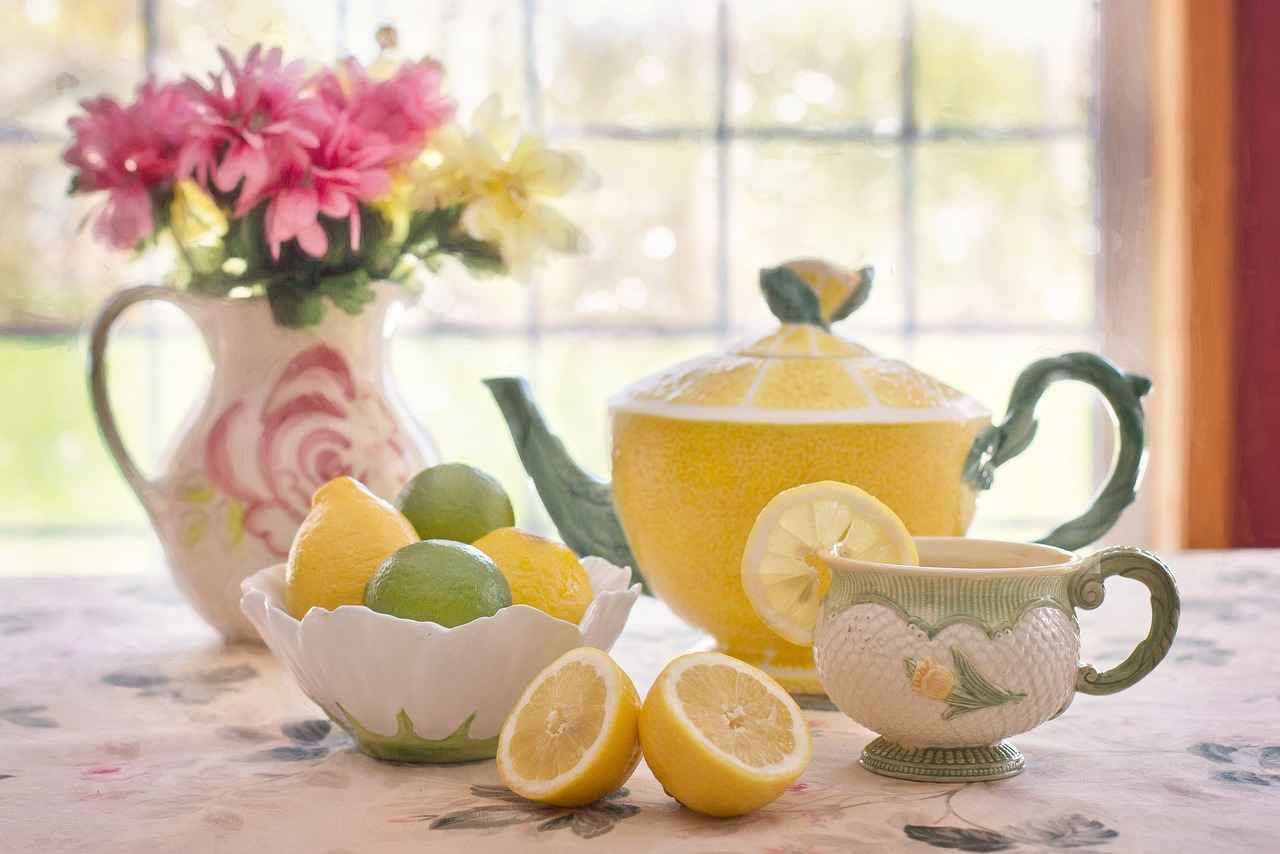
Practical Implications of the Mpemba Effect
The Mpemba effect, the phenomenon where hot water freezes faster than cold water under certain conditions, has intriguing implications across various fields. Understanding this counterintuitive behavior can lead to innovative applications and enhanced processes, particularly in food science, cryogenics, and climate studies.
In the realm of food science, the Mpemba effect can revolutionize freezing methods. For instance, ice cream manufacturers can utilize this phenomenon to improve the texture and flavor of their products. When hot mixtures are cooled quickly, they can form smaller ice crystals, resulting in a smoother and creamier final product. Additionally, understanding the Mpemba effect can help in optimizing freezing times for various food items, thereby preserving their quality and nutritional value.
The implications of the Mpemba effect extend into cryogenics, where rapid cooling is crucial. By leveraging the principles behind this phenomenon, researchers can develop more efficient cooling systems that save energy and time. For example, in the storage and transportation of biological samples, utilizing hot water freezing techniques could lead to improved preservation methods, ensuring that samples remain viable for longer periods. This could have significant impacts on medical research and biotechnology.
In the field of climate studies, the Mpemba effect provides valuable insights into water behavior in various environmental conditions. Researchers can study how different temperatures affect ice formation in natural bodies of water, which is crucial for understanding climate change impacts on ecosystems. This knowledge can contribute to better models predicting ice melt and its effects on sea levels, thereby aiding in climate change mitigation efforts.
Engineering disciplines can also benefit from the Mpemba effect. By incorporating this phenomenon into the design of heating and cooling systems, engineers can create more efficient processes that minimize energy consumption. For example, in industrial refrigeration, understanding how hot water behaves during freezing can lead to better heat exchange systems, ultimately resulting in cost savings and reduced environmental impact.
The Mpemba effect serves as an excellent educational tool in science classrooms. It encourages students to explore fundamental concepts of thermodynamics and heat transfer. By engaging with this phenomenon, students can develop critical thinking skills and foster a deeper interest in scientific inquiry. This not only enhances their learning experience but also inspires the next generation of scientists and innovators.
In summary, the Mpemba effect is not merely a curious observation but a phenomenon with significant practical implications across multiple fields. From improving food freezing techniques to enhancing cryogenic processes and informing climate studies, understanding this effect can lead to innovative applications and improved systems. As research continues to unfold, the Mpemba effect may unlock even more possibilities, proving that sometimes, the most unexpected phenomena can lead to the greatest advancements.
Frequently Asked Questions
- What is the Mpemba effect?
The Mpemba effect is the surprising phenomenon where hot water can freeze faster than cold water under certain conditions. It challenges our intuitive understanding of freezing and has intrigued scientists for decades!
- Why does hot water freeze faster than cold water?
Several theories explain this counterintuitive observation. Factors like evaporation, convection currents, and supercooling all play a role in how quickly water can freeze. For instance, when hot water cools, some of it evaporates, which can actually speed up the freezing process.
- Are there specific conditions that enhance the Mpemba effect?
Absolutely! Conditions such as the type of container used, environmental factors like humidity and air temperature, and even the initial temperature of the water can influence the freezing rates. It’s a complex interplay of variables!
- Can the Mpemba effect be observed in everyday life?
Yes! While it may not happen every time, there are real-world scenarios where you might notice hot water freezing faster than cold. Factors like wind speed and container material can make a difference in these observations.
- What practical applications does the Mpemba effect have?
The Mpemba effect has implications in various fields, such as food science and cryogenics. Understanding this phenomenon can lead to innovative techniques in freezing and preserving substances more efficiently.
